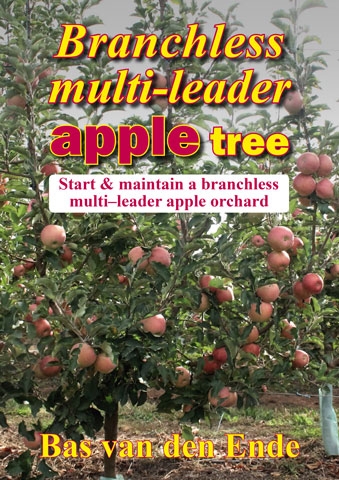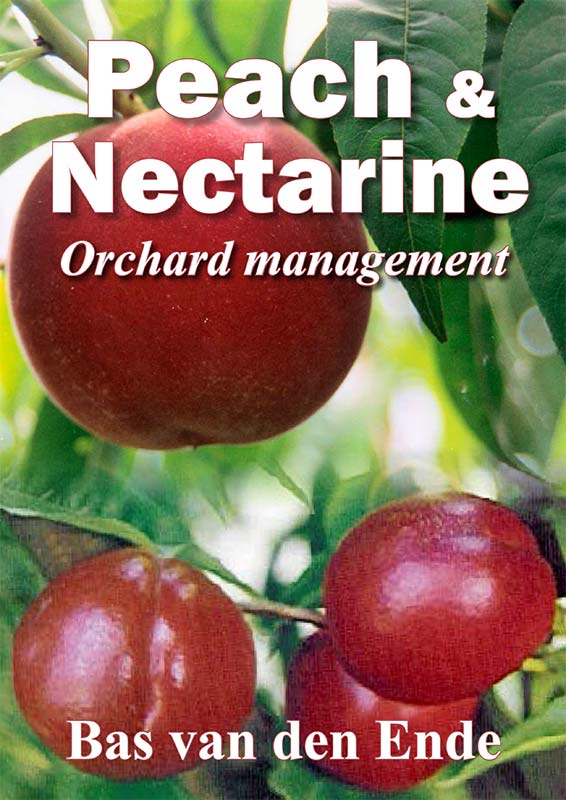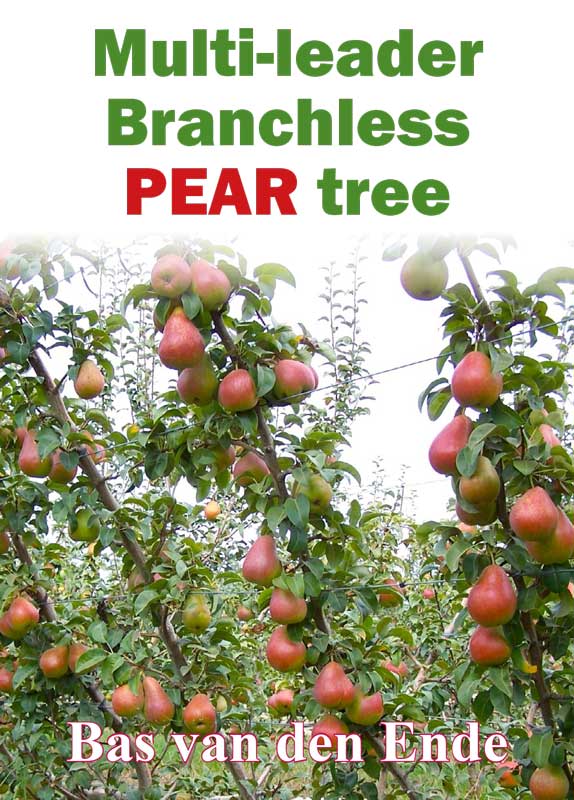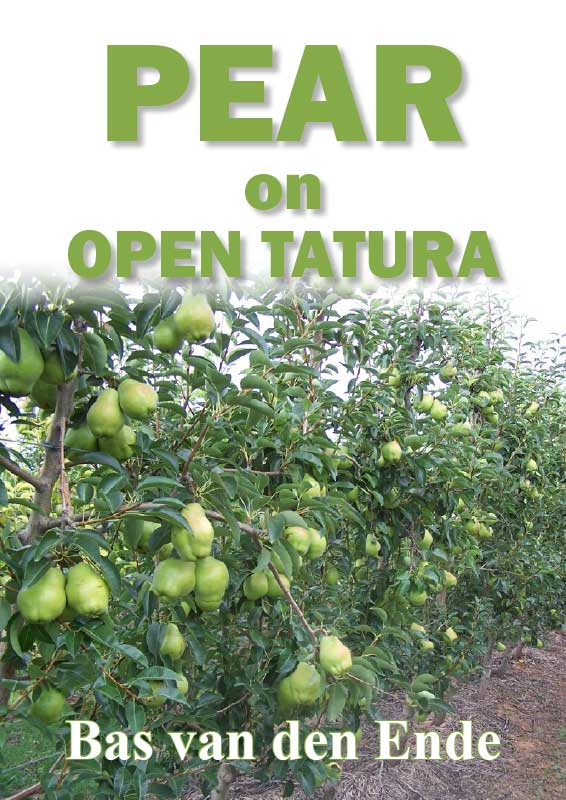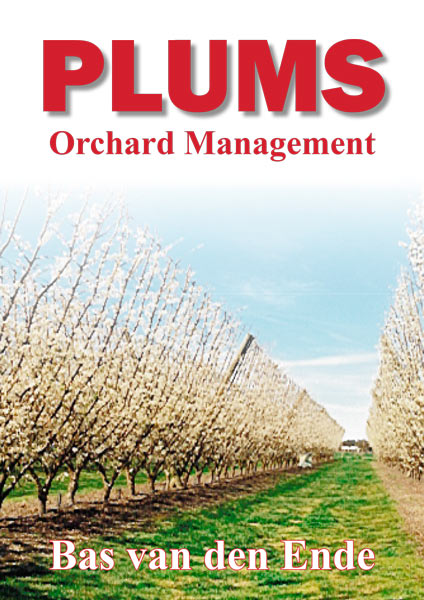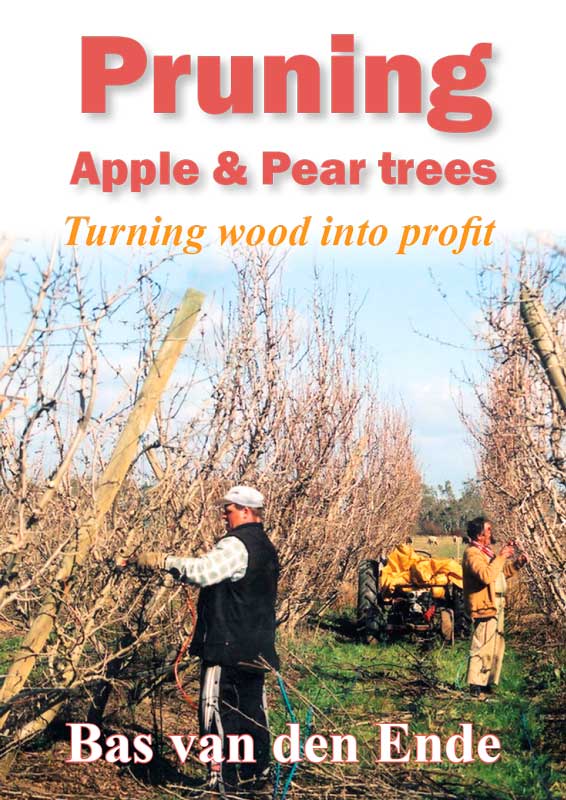Since cherry harvest timing occurs at a ripening stage where respiration is high, fruit deterioration begins almost immediately from the point of removal from the tree.
Transport to packing shed
Respiration
During respiration, internal sugars in the fruit are depleted, contributing greatly to a loss of overall quality. Although the rate differs between cultivars, all cherries respire much more under higher temperatures (Figure 1), to the point where it is said that, ‘Cherries held at 21C lose more quality in one hour than they do in one week held at 0C.’
This increased rate of deterioration means all picking must be done in the early morning when ambient temperatures are not as high.
Sunlight
Research shows that in addition to higher temperatures increasing the rate of respiration and therefore degradation in fruit, the exposure of fruit to the sun also has potential to cause damage and should be avoided where possible.
When fruit is exposed to direct sunlight, as opposed to ambient air temperature, core temperature and stem browning increase. Conversely, flesh firmness and stem thickness decrease.
Stem dehydration
Although cherries themselves have a thick waxy cuticle layer to protect from water loss, the cuticle of stems is much thinner. This means that stems can dehydrate at a rate up to eight times faster than the cherry.
Stem browning and shrivelling is exacerbated under warm and windy conditions. Again, once this damage has been incurred, it cannot be repaired.
Although stem thickness and colour are not true scientific indicators or freshness or quality, research has proven that poor stem appearance negatively affects consumer satisfaction and will inevitably result in lower returns for producers.
To combat this, producers that require pickers to leave full lugs or totes on the ground to be picked up by another crew should expect that all picked fruit is left in the shade of the tree and that pick-up crews recover all fruit from the orchard promptly.
Placing reflective mylar tarps over full bins of harvested fruit has also been shown to be reasonably effective at reducing water loss.
Cooling
Regardless of whether an orchard tips fruit into bins or retains fruit in totes, these full receptacles will need to be transported to a packhouse to be cooled.
For orchards with a packhouse on site, this can be a simple process where bins are filled (or totes collected) and immediately taken from the field to be received at the packing facility.
For larger operations, one central packhouse may provide service to many separate growers or growing sites. Often fruit is collected from the field by tractors (generally 2–8 bins at a time, depending on the size of operation) and transported to a loading area where many at a time are then transported via truck to the packhouse.
Initiating the cold chain
Hydrocooling
While harvested cherries are held in a loading area prior to transport, a hydrocooler will most likely be utilised to remove field heat.
Hydrocooling units typically consist of a large shower using chilled water to bring the fruit core temperature down as low as possible and practical.
(cont next issue)
Nuffield Australia Telephone: 0402 453 299
Email:
See this article in Tree Fruit August 2021



